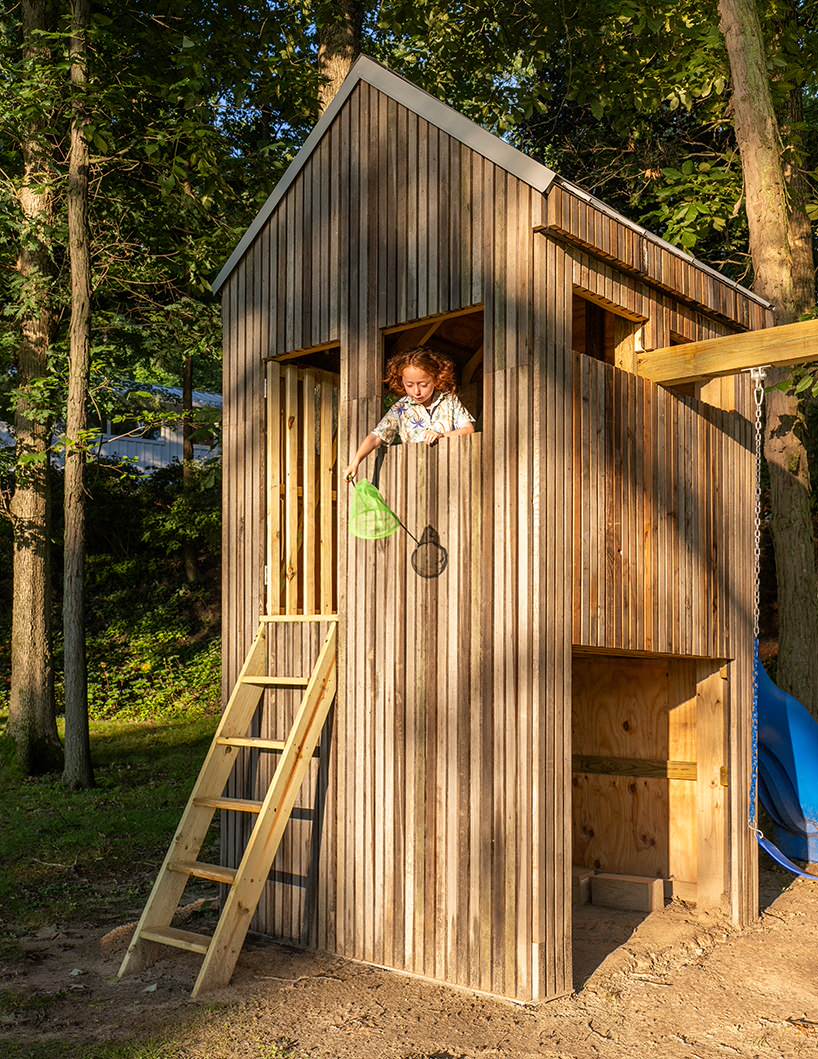How Long Does a Shed Last?

When you invest in a shed, one of the foremost questions you might have is: “How long will this shed last?” The lifespan of a shed depends on several factors, including the materials used, the quality of construction, the environment in which it’s placed, and the level of maintenance it receives. Understanding these elements can help you anticipate how long a shed will serve your needs and how best to care for it over time.

Factors Influencing Shed Longevity
- Materials
Wood: Wooden sheds are popular due to their classic appearance and versatility. With proper maintenance, a wooden shed can last 20 to 30 years, or even longer. Key to its longevity is the type of wood used (cedar and redwood are particularly resistant to decay), how it’s treated, and the level of maintenance it receives, such as painting or staining to protect against moisture.
Metal: Sheds made from galvanized steel or aluminum are known for their durability and resistance to pests and fire. These can last anywhere from 20 to 25 years. They require minimal maintenance, but it’s crucial to guard against rust, especially if the protective coating gets scratched or damaged.
Vinyl or Resin: These materials are increasingly popular for their durability and low maintenance needs. Vinyl sheds can last over 20 years due to their excellent resistance to rot, insects, and mildew. They don’t require painting or staining and are usually UV-resistant, preventing sun damage.
- Quality of Construction
The way a shed is constructed greatly affects its lifespan. Well-built sheds, regardless of material, feature strong foundations, robust frameworks, and secure fastening. Attention to detail during the construction process can prevent future issues like leaks, structural weaknesses, and warping. Prefabricated models built by reputable manufacturers often promise greater longevity due to controlled factory conditions ensuring consistency in construction standards.

- Environmental Conditions
The environment in which your shed is situated plays a significant role in its durability:
Climate: Harsh climates, whether due to intense sun, heavy rainfall, snow, or humidity, can shorten a shed's life if not properly protected. For instance, frequent exposure to rain can lead to wood rot or metal rust if not periodically treated or painted.
Location: Placing your shed on level, well-drained ground can prevent issues related to water pooling near the foundation, which can cause damage over time.
Sun Exposure: UV radiation can weather materials, leading to faded finishes or weakened structures over many years. UV-proof coatings or regular maintenance can mitigate these effects.
- Maintenance
Regular maintenance is critical to extending the lifespan of your shed. Here are some key maintenance tips:
Annual Inspections: Check for signs of wear and tear at least once a year. Look for issues like leaks, rust, rot, or pest infestations.
Cleaning: Keep the shed clean, both inside and out. Remove debris from around the shed to prevent moisture buildup, and clear gutters and roofs of leaves and snow.
Paint and Sealants: Wooden sheds benefit from regular painting or staining to protect against moisture. Similarly, reapply sealants on metal sheds to prevent corrosion.
Repairs: Address minor issues promptly before they escalate. Replace damaged shingles, fix leaks, and treat any signs of rust or rot immediately.
Predicted Lifespans by Material
Wood Sheds: With consistent maintenance, a quality wooden shed can last 20-30+ years. Types of wood that naturally resist decay, such as cedar, significantly contribute to longevity when combined with protective treatments.
Metal Sheds: Typically last 20-25 years, provided they are well-maintained and protected against rust. Choosing models with rust-resistant finishes can extend their life.
Vinyl/Resin Sheds: Can easily withstand 25+ years due to their innate resistance to rot and pests. They require the least amount of maintenance thanks to their robust construction.
Enhancements to Increase Longevity
If you want to maximize the lifespan of your shed, consider these enhancements:
Foundation Upgrades: A solid foundation prevents a host of problems, from moisture build-up to structural instability. Concrete slabs or treated wooden bases are excellent choices.
Ventilation: Proper ventilation prevents moisture build-up inside the shed, which can damage the materials over time. Consider installing vents or windows that open.
Weatherproofing: Additional layers of weatherproofing, such as roof overhangs or installing gutter systems, can protect your shed from water damage.
Environmental Buffers: Positioning your shed under a tree can offer protection from sun or wind, although this needs to be balanced against potential limb falls or excess shade causing moisture issues.

Conclusion
The longevity of a shed is dependent on a mix of materials, construction quality, environmental factors, and maintenance. By understanding these variables, you can take informed steps to ensure that your shed meets its full potential lifespan. Whether you invest in high-quality materials, commit to regular upkeep, or strategically place your shed to mitigate environmental stressors, these actions will pay off in the long run, ensuring your shed remains a durable and functional part of your property for many years.
